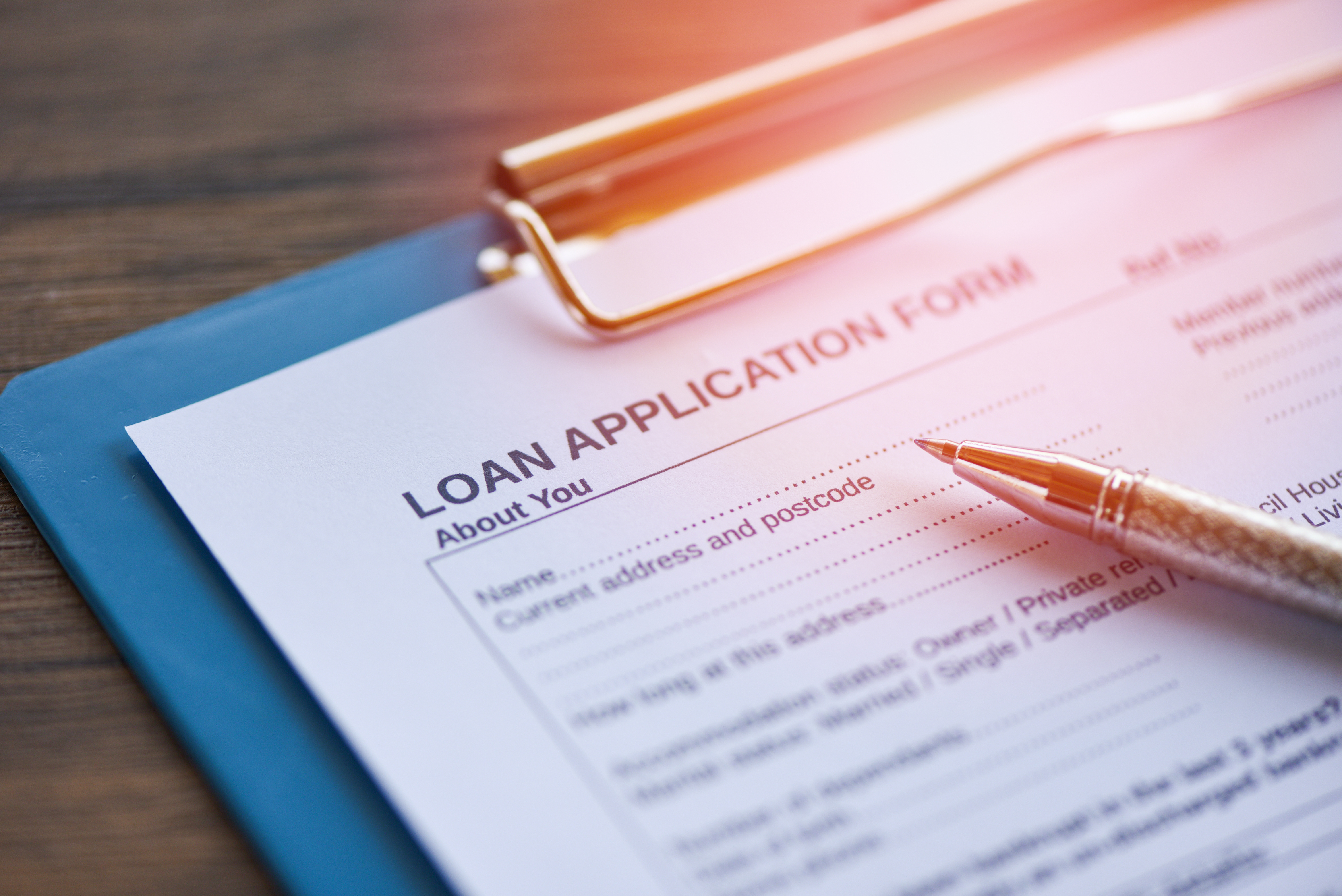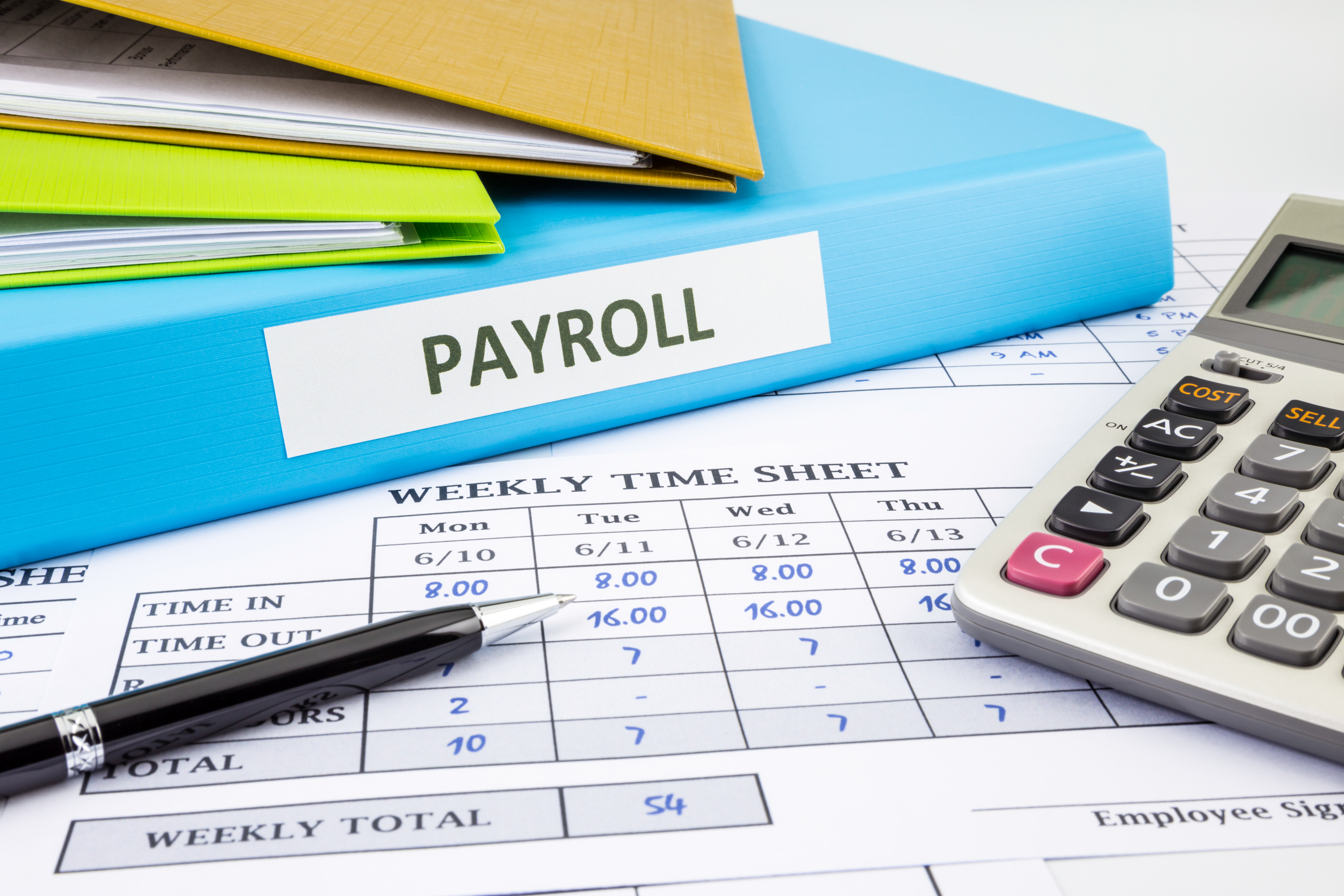Update on Home Office Expenses for 2021 and Beyond
- Details
- Published: Friday, 18 February 2022 15:46

In 2020 the Department of Finance introduced several additional tax measures for individuals and businesses in order to address the fact that as a result of COVID-19, a significant portion of Canada’s workforce had begun working from home on a regular basis, and employees are starting to bear some of the additional costs associated with maintaining a workplace in their home.
For 2021, the government has confirmed that some of these measures will continue for the 2021 taxation year, and in some cases for the 2022 taxation year as well. Here is an update on what can be claimed for home office expenses:





